After taking a break from photography, aspiring photographer Mark Evans has rediscovered his hobby for capturing stunning images of British wildlife. Mark resides in Stottesdon, a small rural village in south Shropshire, England, and finds inspiration for his work with the array of nature that Great Britain provides. Through his careful observations of wildlife and quality time spent outdoors, Mark hopes to continue improving his photography skills and perhaps inspire others to pursue their love of photography as well.
Mark, thank you for sharing your thoughtful answers with us and for allowing us to get to know a bit about you. You are a brilliant photographer and someone whose work is definitely worth following.
If you’d like to learn more about Mark’s journey, please visit his website. You can also follow him on Twitter, Facebook and Instagram.
Can you please tell the readers a bit about yourself?
I’m married to my wife Lesley and have two sons James and William.
Where do you call home?
I live in Stottesdon, a small rural village in south Shropshire, England.
Are you formally-taught or self-taught? And what has been the best source of information along this journey (workshop, online forums, classroom, mentor, etc)?
I’ve had an on/off love affair with photography since I was 14.
After leaving the sixth form, I studied commercial photography at college in the mid-1980’s. This was a long time before the digital revolution and the ‘spray and pray’ approach that digital affords some photographers to use today. In college, we were taught a ‘slow and methodical’ approach to image creation, often using polaroid’s to check composition and exposure before finally pressing the shutter and committing to the photograph. There was then an agonising wait until the images were safely processed and more importantly the image became a reality.
After completing my studies, I took a job at a local college of further education as part of their graphics team. I was responsible for creating promotional material using both stills and video. During this period I also taught evening classes in photography, which was very rewarding.
Within a few years, I found myself following a full-time career in product marketing, but I continued my photographic journey on a part-time basis by photographing weddings for two leading wedding studios, which I thoroughly enjoyed. However, with a young family and a demanding career, weekends became very precious and photography eventually took a back seat.
In 2011, after more than ten years without taking pictures, I rediscovered photography as a hobby. This was shortly after taking up walking to help improve my mental health and well-being. Initially, I started photographing landscapes, but all that changed in 2014, when my youngest son William, had his first DSLR, and quickly decided the prospect of wildlife photography was far more exciting than landscapes!
Whilst, I’ve always had an interest in wildlife, I’d never seriously tried photographing it, but thanks to William, I have become hooked. With advances in today’s photographic equipment, most notably higher ISO’s, and an increasing number of accessible wildlife locations, hides, and workshops, there has never been a better time to enjoy observing and photographing wildlife.
How did you develop your photographic style?
I haven’t really developed a personal style yet. My early wildlife images were traditional portraits, but as my knowledge, field skills and experience increases I’m now trying to focus more on capturing behaviour and thinking far more about improving composition and lighting. Perhaps you could ask me this question again in a few years’ time…
What do you think is the most challenging aspect of photographing nature wildlife?
As I said earlier, my photographic training was based on a ‘slow and methodical’ approach, which served me well with studio, wedding and landscape photography, but with wildlife photography, you need to be able to react quickly to capture unpredictable action.
Whilst my reaction times have certainly improved over the years, there is still plenty of room for improvement. For example, whilst photographing ptarmigan in the Cairngorms earlier this year, I was concentrating on photographing a male ptarmigan and getting the composition right, when it suddenly took to the air to take on a rival male behind me. Unfortunately, the action happened too quickly for me to adjust my camera settings and I only managed to get a couple of poor images of the ensuing confrontation. This is exactly why it’s imperative to invest as much time as possible observing and understanding your wildlife subjects to help anticipate and capture this kind of behaviour.
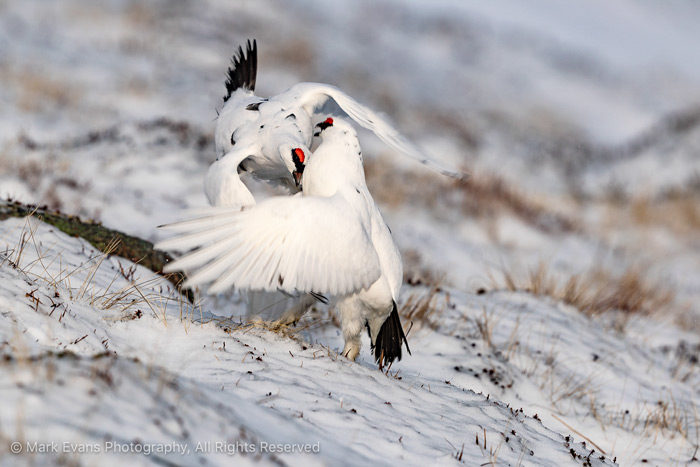
How do you go about deciding on where your next photo shoot is going to be?
Because I’m still relatively new to wildlife photography and have limited spare time I have concentrated on visiting many of the British ‘wildlife hotspots’ complemented with some excellent paid-for photography hides. A fantastic reference has been the ‘Photographing Wildlife in the UK’ book by Andrew Marshall, which I would highly recommend.
I also pick up location tips from social media.
Many of my favourite images have been taken during short trips to Scotland over the past 3 years, White-tailed Sea Eagles on the Isle of Mull, Alan McFadyen’s exceptional range of hides in Dumfries, and more recently the Cairngorms National Park with Neil McIntyre. I already have one eye on a week in the Shetland Islands for 2020.
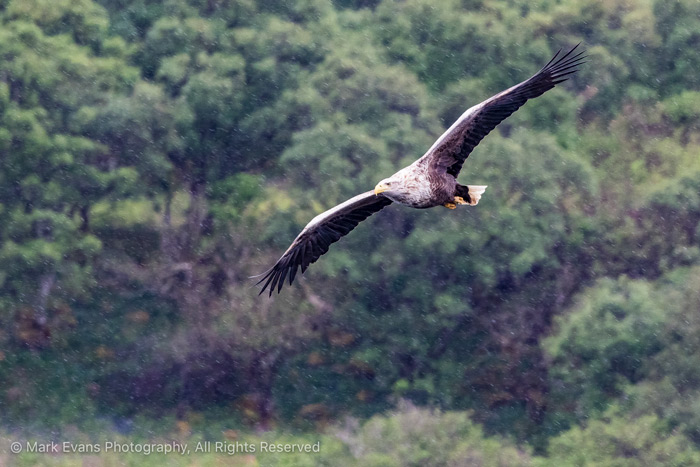
What type of photography shoots do you look forward to?
My preference is to spend three or more days taking photographs in a specific location. The longer the session, the more intuitive my wildlife photography becomes and the easier it is to ‘get my eye in’ with the surrounding wildlife.
When shooting subjects, what do you find most challenging?
Erratic or unpredictable moving subjects are always a challenge, as was illustrated with my encounter with the dueling ptarmigans in the Cairngorms.
What’s the best part of being a photographer?
Wildlife photography is my escape from a pressurised senior role in product marketing… it’s fantastic to spend quality time with nature. During the last four and half years, I’ve been privileged to observe and photograph some amazing wildlife spectacles including diving kingfishers, osprey’s catching fish, red deer rut, short-eared owls hunting, and relaxed mountain hare’s stretching.
What is the most challenging part of being a photographer?
For me personally, it’s making enough time to pursue this amazing hobby! With a demanding job and often-busy weekends with family and friends, I usually have to book photography sessions well in advance.
Share with us your favorite image and why.
What a tough question! This is constantly changing. My current favourite image, I think, is one taken at Alan McFadyen’s ‘diving kingfisher’ hide in Dumfries, Scotland. When you stop and observe a Kingfisher diving for its prey with the naked eye, it’s all over in a flash of iridescent blue. It’s not until you freeze the action with a camera that you truly appreciate this amazing spectacle.
The set-up required pre-focusing at the likely point of entry into the water and using a shutter speed of 1/4000 of a second to capture the action. I specifically wanted an image of the back of a kingfisher emerging after a successful dive with its wings spread. I lost count of how many attempts I had before finally getting the image I had envisioned. Sadly, the eye isn’t pin-sharp, but the composition is the one I wanted… and it’s the perfect excuse to go back again. You can see more images from this session on my website.
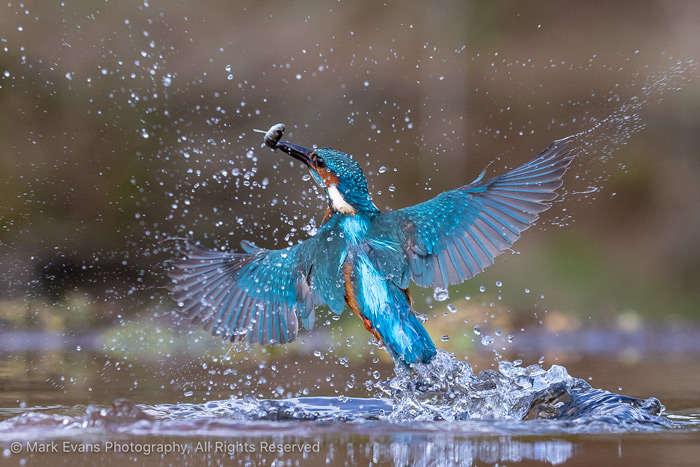
How do you keep your photography fresh and how do you stay motivated to keep on learning?
I am my own worst critic and strive to improve my wildlife photography year-on-year. There is still so much of Britain’s wildlife I would like to photograph and there are images that I already have that I know I could improve on. I still haven’t taken a good enough photograph of short-eared owls hunting, despite several attempts.
You only need to pick up the latest photography magazine, or view the latest social media feeds to be inspired by the work of other wildlife photographers, whilst some might find the work of others daunting, I find it motivational.
What is one piece of advice you would like to offer a new photographer just starting out?
Don’t be afraid to ask questions… I’ve been fortunate to spend quality time in the company of some amazing naturalists and wildlife photographers who have devoted their lives to honing their skills and knowledge. Without exception, they have all been happy to share their experience, techniques, and field skills. I’ve also found social media, especially Twitter, to be very useful in networking and exchanging information with like-minded people.
What type of camera(s) do you shoot with?
I use a Canon DSLR (Canon 1DX2).
What is your favorite lens?
Last year I invested in a 500mm prime lens, which has quickly become my ‘go-to’ lens. I spent more than 6 months ‘umming and aahing’ about this level of investment, but without exception, every photographer I met, who had purchased a 500mm lens, said it was the best thing they had bought, so in August 2018 I took the plunge… and have to admit, they were all right. The quality is absolutely amazing, and I love the shallow depth of field.
What is in your camera bag?
My main camera bag is a Gitzo bag, which I had to buy to accommodate my new 500mm lens. Apart from my 1DX and 500mm lens I also carry a Canon 100mm macro lens, Canon 100-400mm zoom lens, remote release, spare battery, spare memory cards, and a lens cleaning kit.
What is your favorite photography accessory?
A Benro Gimbal Head. This is an excellent piece of kit, which I use on either a Benro tripod or hide plate depending on the location and subject.
What piece of equipment would you most like to get but don’t have yet?
Nothing that’s available… If Canon produced a new 1DX SDLR with a silent shutter, half the weight, and with a few more megapixels, it would probably go on my wish list, but for now, I’m more than happy with what I have.
How important is Photoshop or other image editing software in your final images?
I use Lightroom for virtually all of my image editing and on rare occasions, I dabble with Photoshop. This is another area of my photography I really need to invest more time on and maybe even attend a few hands-on courses.
That said, I do try to keep image manipulation to the minimum, as I’ve been advised by several pro photographers to ‘get the image right in the camera’ and spend less time at the computer.
Can you tell me about one of your favorite or most memorable photo shoots? What made it so great and why did you like it so much?
In February this year, I spent an amazing 4 days with two fellow amateur photographers in the Cairngorm National Park, Scotland under the guidance of pro wildlife photographer Neil McIntyre on his Cairngorm Big 5 Photography Tour. We spent time photographing some iconic Scottish wildlife including red deer, crested tits, red squirrels, red grouse, ptarmigan, and my personal favourite the mountain hare.
Neil taught us how to patiently approach mountain hare and secure their trust to such a degree we were able to observe and photograph their natural behaviour at relatively close quarters. The hares knew we were there, but more importantly, they also knew we weren’t a threat to them. What a privilege! This experience has given me the skills and confidence to spend more time observing and capturing the natural behaviour of our wildlife rather than a fleeting glimpse.
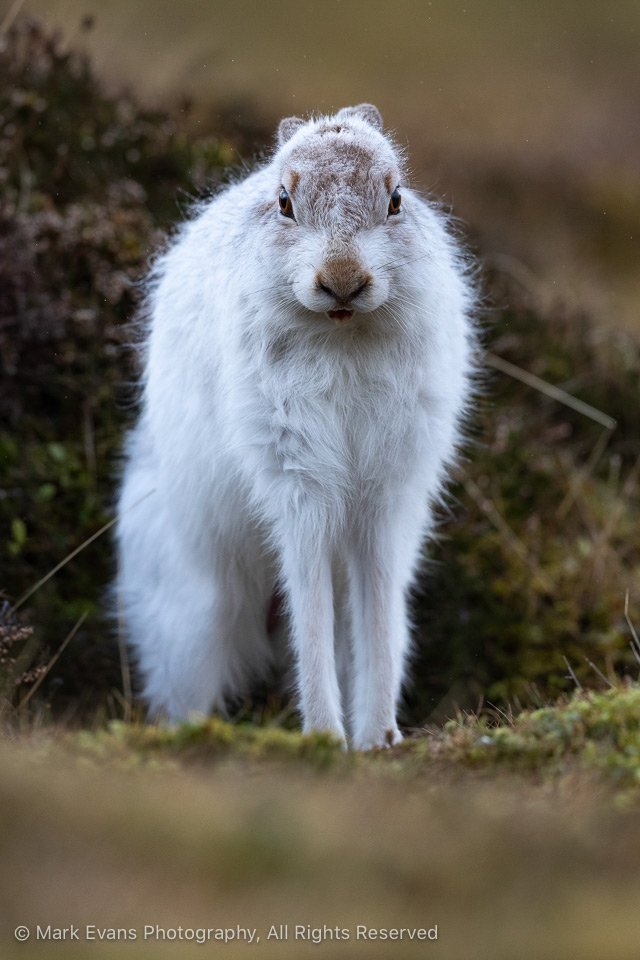
Do you have any projects that make you look back and shake your head? What made the experience so unpleasant?
Not really… I’ve never had an unpleasant experience, but I’ve certainly had more than a few wasted days in the field. Last year I really wanted to photograph a short-eared owl and despite getting up in the middle of the night and driving several hundred miles at a time to well-known sightings I repeatedly drew a blank! Whilst disappointing at the time, it made the experience of eventually seeing and photographing a short-eared owl even more amazing.
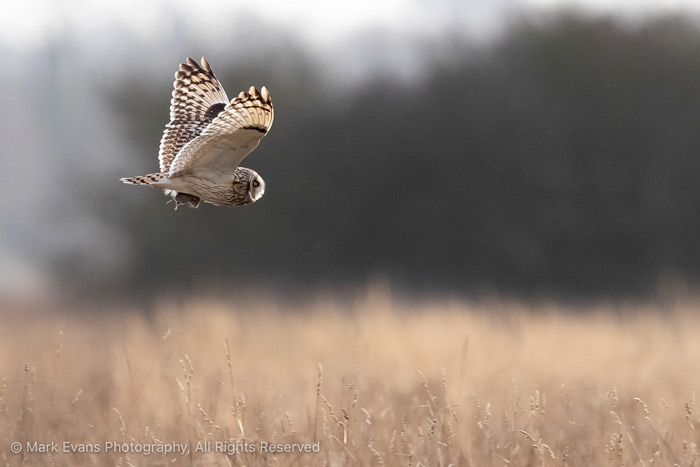
What do you think the future holds for you? Where do you see yourself in the next few years?
My plan over the next few years is simply to continue enjoying photographing even more amazing encounters with British wildlife to help illustrate my regular ‘wildlife fact’ feature on social media. This feature has helped me learn about Britain’s wildlife and also helped to steadily build my social media following. It would also be really cool to get more of my images published and who knows one day even be honoured in a competition.
At the end of the day, wildlife photography is first and foremost my hobby and an escape from the stresses and strains of modern life… the most important thing for me is that I continue to enjoy observing & photographing the amazing wildlife on our planet… gaining further recognition would be the icing on the cake.
For now, I just hope that my photography will inspire others to want to witness some of the amazing wildlife spectacles Britain has to offer and who knows even take up photography for themselves.
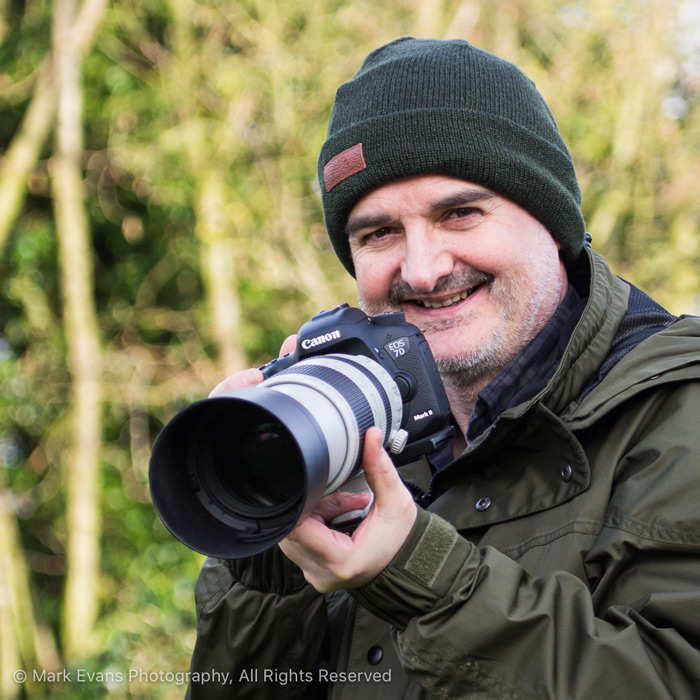
Leave a Reply